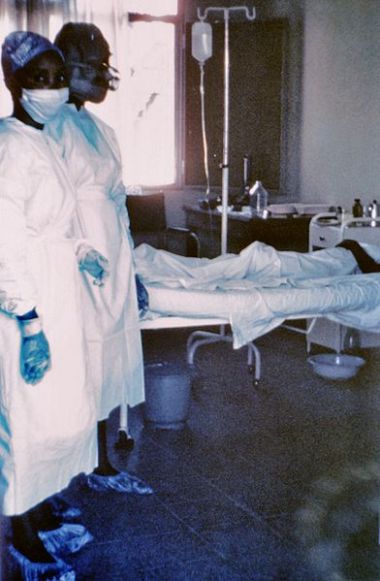Ebola screening at U.S. airports: Top 3 things travelers should know

The Obama administration announced that passengers from three West African countries where Ebola outbreaks took place will be screened at five major U.S. airports for possible exposure and infection from the deadly disease that is currently scaring the world.
Anxiety have risen after the patient infected with the Ebola virus reportedly died and became the first Ebola fatality in the U.S. Thomas Eric Duncan of Houston, Texas was the first man diagnosed with the disease in the U.S. A law enforcement official was admitted to hospital after having contact and exposure to Duncan.
Below are the top three things that everyone should know about the airport screening for the deadly Ebola virus.
1. Itineraries of passengers can be tracked
All the stops and itineraries of the passengers in their trips can and will be tracked to see whether they have made stops in areas or locations where there are reported cases of the Ebola pandemic. Passengers identified to have been exposed to the virus will be subjected to different tests to ensure that they are not a carrier until they are cleared.
2. No intimidating medical suits
The screeners will not be dressed in medical suits similar to those that appear in photos and videos. According to reports, the screeners will use no-touch thermometers that will take the temperatures of the passengers coming from West Africa. This is to prevent the passengers from getting intimidated. The screeners will ask questions about the passengers travel and potential contact with Ebola victims.
3. Fever requires clearance
Fever is taken seriously by screeners. Fever is considered as a general symptom of Ebola infection. Passengers who have fever will be interviewed to determine whether they are infected by the Ebola virus. Health workers will take the patient to a medical facility for treatment and routine check-up as well as for follow up.
Those with fever will need to undergo the daily temperature readings for the 21-day Ebola incubation period. Moreover, the airports are equipped with quarantine areas that can be used to contain suspected passengers, if necessary. However, not all passengers with fever are infected with Ebola virus. Most travelers from West Africa have high temperatures and some may be suffering from malaria or other ailments.











